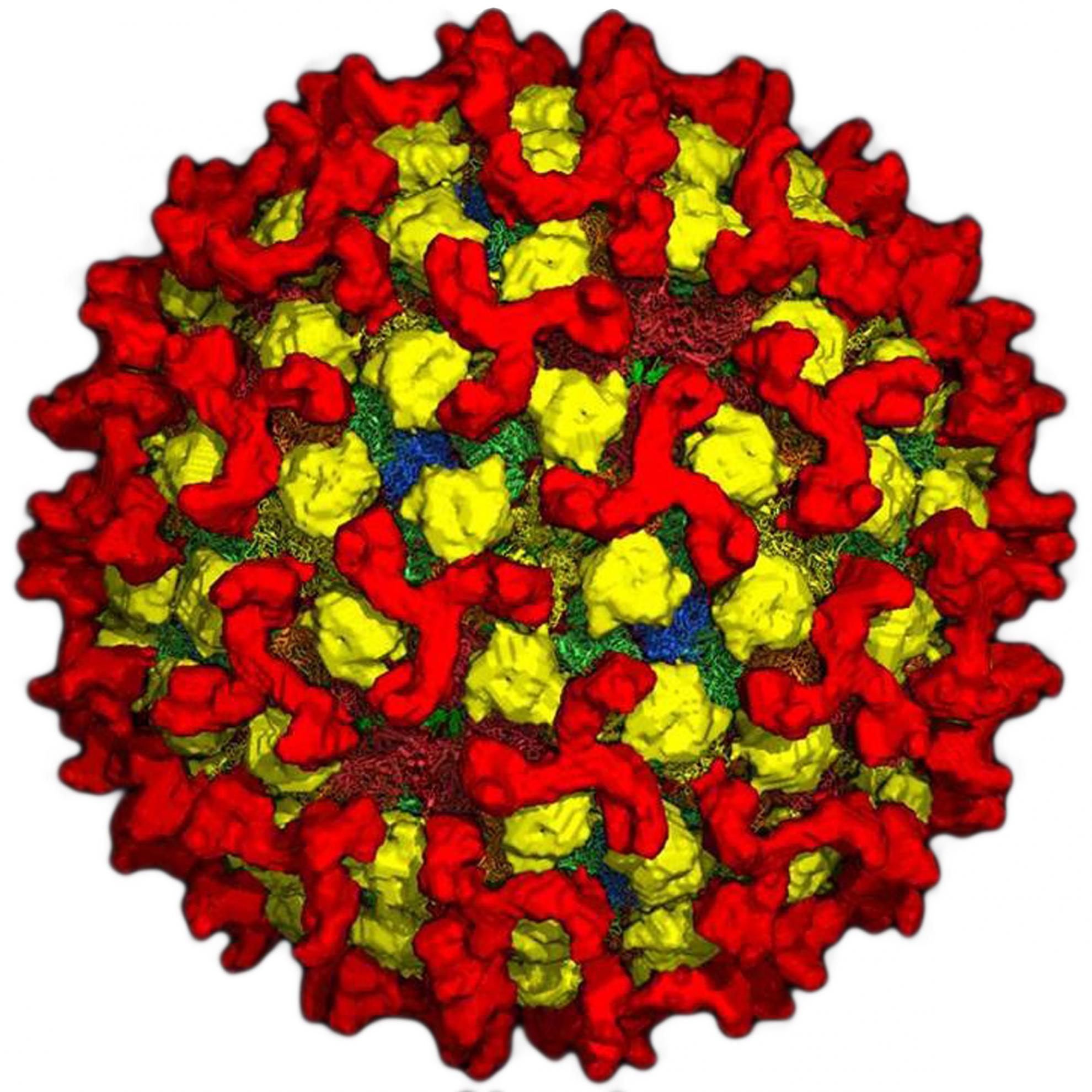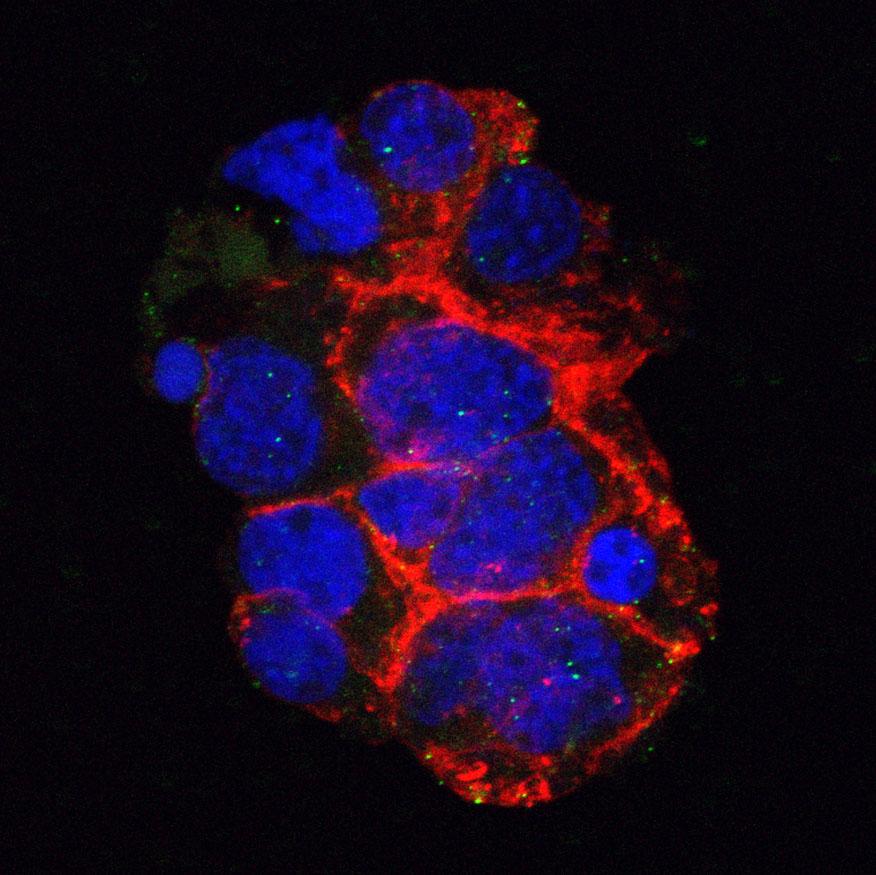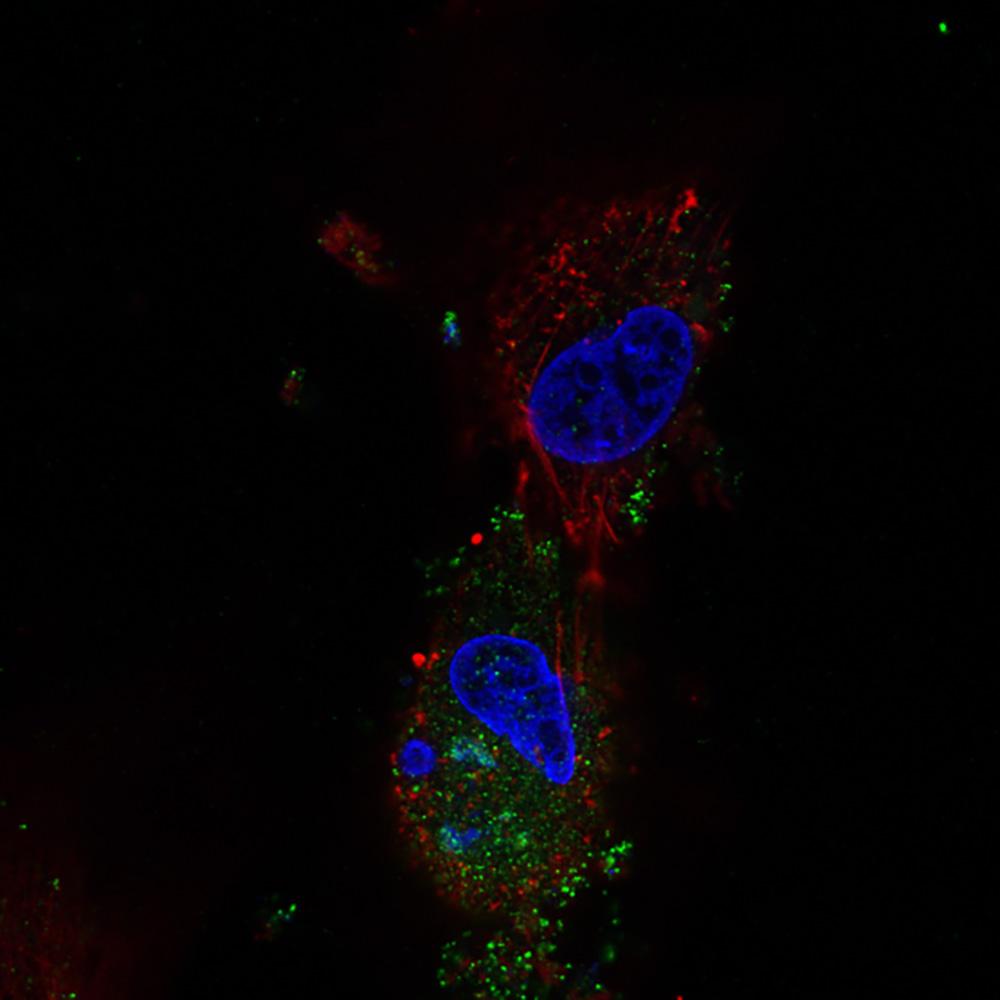Development of a cost-effective method for capripoxvirus genotyping using snapback primer and dsDNA intercalating dye
Sheep pox virus (SPPV), goat pox virus (GTPV) and lumpy skin disease virus (LSDV) are very closely related viruses of the Capripoxvirus (CaPV) genus of the Poxviridae family. They are responsible for sheep pox, goat pox and lumpy skin disease which affect sheep, goat and cattle, respectively. The epidemiology of capripox diseases is complex, as some CaPVs are not strictly host-specific. Additionally, the three forms of the disease co-exist in many sub-Saharan countries which complicates the identification of the virus responsible for an outbreak. Genotyping of CaPVs using a low-cost, rapid, highly specific, and easy to perform method allows a swift and accurate identification of the causative agent and significantly assists in selecting appropriate control and eradication measures, such as the most suitable vaccine against the virus during the outbreaks. The objective of this paper is to describe the design and analytical performances of a new molecular assay for CaPV genotyping using unlabelled snapback primers in the presence of dsDNA intercalating EvaGreen dye. This assay was able to simultaneously detect and genotype CaPVs in 63 samples with a sensitivity and specificity of 100%. The genotyping was achieved by observing the melting temperature of snapback stems of the hairpins and those of the full-length amplicons, respectively. Fourteen CaPVs were genotyped as SPPVs, 25 as GTPVs and 24 as LSDVs. The method is highly pathogen specific and cross platform compatible. It is also cost effective as it does not use fluorescently labelled probes, nor require high-resolution melting curve analysis software. Thus it can be easily performed in diagnostic and research laboratories with limited resources. This genotyping method will contribute significantly to the early detection and genotyping of CaPV infection and to epidemiological studies.
Back to publications


